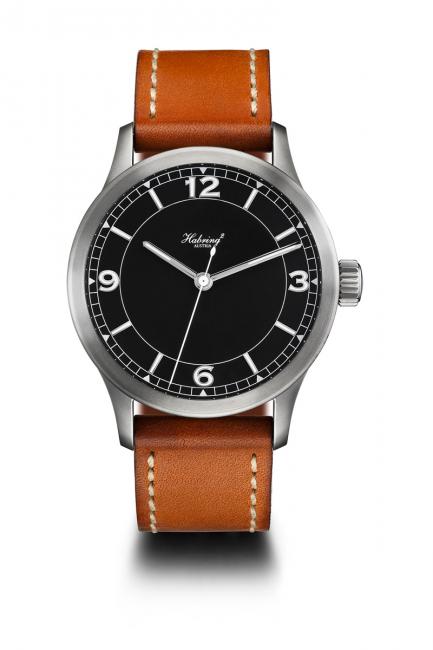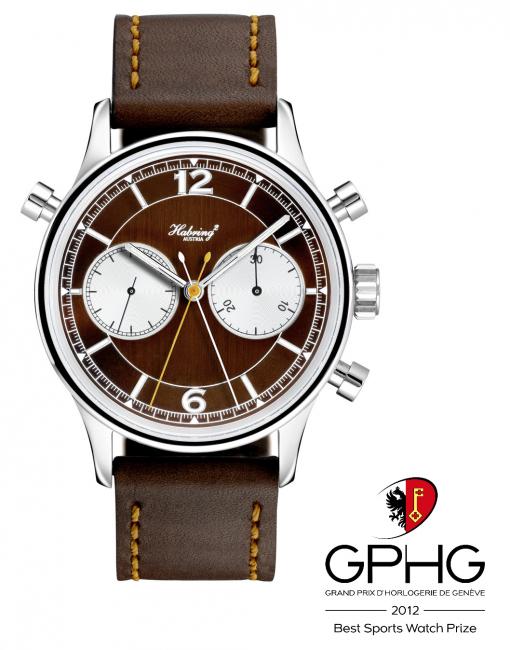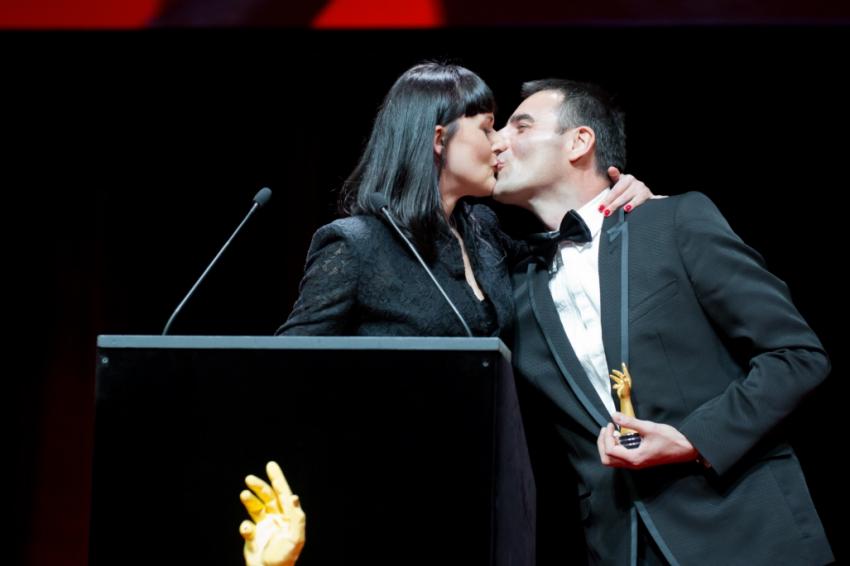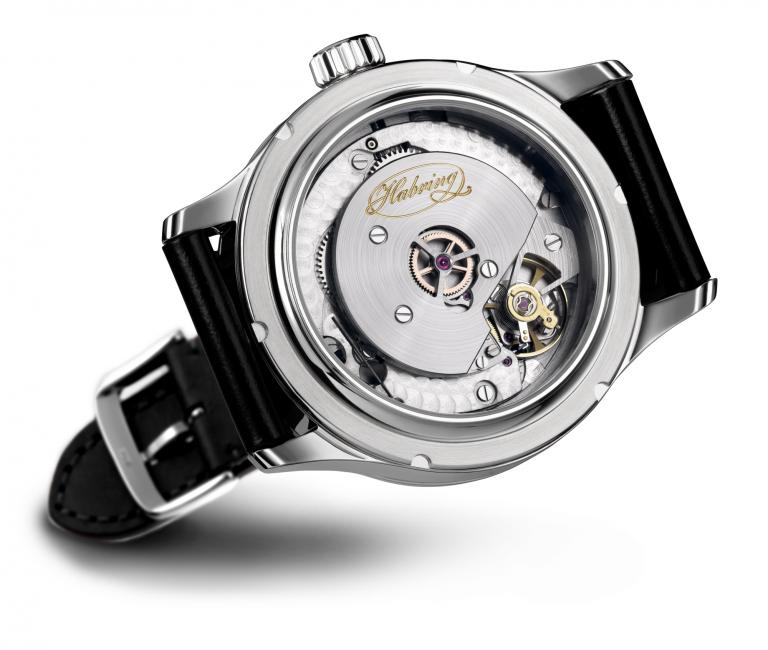Habring2 Jumping Second Pilot — an award winning timepiece
Last week we posted the list of winners of the XIIIth edition of the Grand Prix d’Horlogerie de Genève. The Jumping Second Pilot by Habring2 was selected as the winner of the “Petite Aiguille” Watch Prize, a category for watches under CHF 7,500. The competition in this category is anything, but “petit”; this year, there were no less than 19 watches contending the prestigious prize.
This is not the first time that Habring2 is awarded at the GPHG. In 2012, their Doppel 2.0 was the winner of the “Sports Watch” category. The second “Grand Prix” in sequence awarded to the small family-run business proves once again that Austrian watchmaking is once again world-class.
Do you need more proof that we’re dealing here with a brand making serious watches? Let’s take a look together at Habring2 and what makes them so special.
Habring2
Established in 1997, in Völkermarkt Austria, halfway between Vienna and Venice, Habring2 is a small workshop run by Maria & Richard Habring and their four employees.
They see themselves as bespoke tailors of the art of watch-making. The unique modular system of the Habring2 invented by them enables the fulfilment of customer wishes that no other manufacturer can grant – very much in keeping with the premise that “everyone deserves their own very special and unique timepiece”. Exclusiveness and technical perfection are not the only things they hold dear: they are successfully fighting the all-powerful throwaway society with their exclusively mechanical watches and minimum lifetime warranty of 30 years.
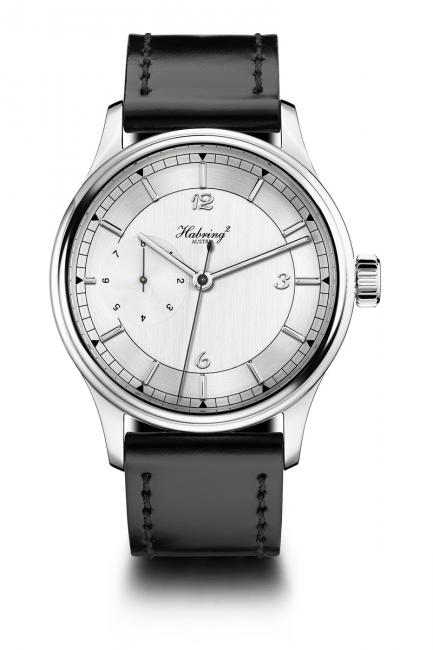
Launched in 2010, the Foudroyante was a world premier: a jumping second completed with a flashing second
Every watch that comes out from their workshop is a personal order, with prices ranging from $ 2,600 to $ 47,000.
The focal points among the products are the tourbillons, the much-copied jumping second and the chronographs. All share the classic, timeless design and are characterised by reliability and suitability for everyday use. Every year Habring² proves that the development of the mechanical watch is far from over by introducing clever, innovative detailed solutions such as the “Crown Operation System” (COS – a watch that does completely without push-buttons), or the “Foudroyante” introduced in 2010 – the first ever combination of a hand and a foudroyant second hand.
Habring2 was mainly using ETA movements, that they would modify to their needs, but they are now moving away and towards complete self-sufficiency. Basic movements and highly complex sub-assemblies such as the escapements (regulators) will then be produced independently with the assistance of small family-run businesses in Austria, Germany and Switzerland.
Jumping Second Pilot
When Habring2 started out in 2005 the movements of choice were Chezard movements from the 1950s. In 2007, however, Maria & Richard Habring introduced their own development named A07 (“A” for Austria plus the year of introduction) and were as such the protagonists of the renaissance of the small complication that has been around for more than 200 years. The current movement A09S – now also manufactured in-house after ETA’s withdrawal – is the backbone of the range with the atypical movement of the seconds hand.
The Habrings remained true to their principles and – in contrast to other manufacturers – designed their “dead beat second” as simply and efficiently as possible. The patented design consists of no more than 4 or 7 components (depending on the counting method). Functional reliability and service-friendliness are as always included.
Whilst the jump seconds hand was already the objective of trials and experiments at the time of Abraham Louis Breguet, the majority of well-known designs dates back to the 1950s. The advantage of the jump seconds hand over the normal central seconds hand – namely enabling the user to quickly read the lapsed time – came into its own in so-called “doctor’s watches”. It is an advantage not to be underestimated, especially with regard to precision time-keeping. It was therefore only logical to reinterpret the familiar Habring2 look in combination with the jump seconds hand: the result is the “pilot’s watch”:
The new matte black dial with its characteristic illuminated numbers coupled with a fully satinised stainless steel case is reminiscent of the service watches of the 40s and 50s. Although today’s standard fortunately no longer needs to include the magnetic field protection required in those days, it is nonetheless available on request. This is made possible by a development that will also be incorporated in the Habring2 manufacture movement coming in 2014. The components of the anti-magnetic escapement designed in accordance with the Swiss anchor escapement will be made of non-ferrous metals. They render conventional magnetic field screening unnecessary and therefore allow an untarnished view of the movement through the standard sapphire crystal caseback.
An award winning company, making bespoke watches, using innovative technologies and timeless designs at a great price. What more do you want?


